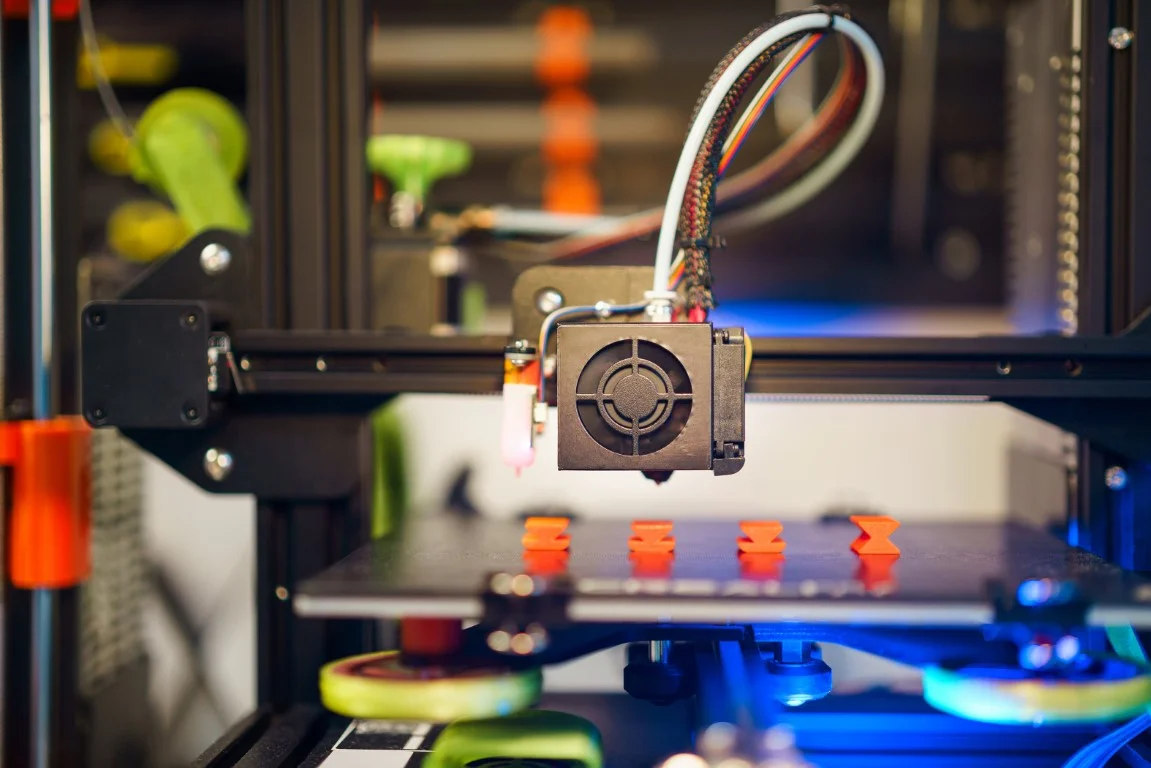
Introduction:
Facing a breast cancer diagnosis is an overwhelming journey, laden with emotional turbulence and life-altering decisions. Amid the uncertainty, patients often find themselves at a crossroads, contemplating the best course of action for their treatment and, crucially, the journey of reconstruction post-mastectomy.
Breast cancer doesn’t merely affect the physical body; it leaves an indelible mark on one’s self-esteem and sense of femininity. In our exploration, we’ll delve into the remarkable role that 3D printing plays in reshaping the narrative of reconstructive surgery. As we navigate through this exciting technology, we’ll uncover the myriad possibilities it offers, offering a beacon of hope for those seeking to regain confidence and embrace a renewed quality of life post-mastectomy.
Join us on this insightful journey as we unravel the transformative potential of 3D printing in breast reconstruction, under the guidance of Dr. Preethi Mrinalini, a beacon of compassion and expertise in the field. Together, let’s discover the empowering intersection of technology and humanity in the pursuit of holistic healing.
The Influence of 3D Printing in Breast Reconstruction:
Traditionally, breast reconstruction involved the use of implants or tissue flaps from other parts of the body. However, 3D printing has introduced a revolutionary alternative. Dr. Preethi Mrinalini has been at the forefront of adopting 3D printing technology in her practice, providing patients with personalised and meticulous breast reconstruction solutions. The technique involves creating a three-dimensional model of the patient’s anatomy, allowing for precise planning and customisation.
Advantages of 3D Printing in Breast Reconstruction:
Precision and Personalisation: 3D printing enables surgeons to create highly accurate models of the patient’s breast, ensuring a tailored approach that aligns with individual anatomical nuances.
Enhanced Planning: The technology allows surgeons to meticulously plan the reconstruction process, optimising surgical outcomes and minimising potential complications.
Reduced Surgery Time: With detailed preoperative planning, surgeries become more efficient, leading to reduced overall surgical time and enhanced patient recovery.
Improved Patient Communication: 3D models provide a tangible visual aid, enhancing communication between the surgeon and the patient. This helps in setting realistic expectations and ensuring a collaborative decision-making process.
Conclusion:
As we explore the role of 3D printing in breast reconstruction, it becomes evident that this technology is a game-changer in the field of reconstructive surgery. Dr. Preethi Mrinalini, the Best female surgeon in Chennai’s pioneering efforts in incorporating 3D printing underscore the importance of staying at the forefront of medical advancements for the benefit of patients. With each successful reconstruction, the intersection of technology and healthcare continues to redefine the boundaries of what is possible, offering renewed hope and confidence to women on their journey to recovery.
© 2024 Marinas Clinic All rights reserved.Powered by Zero Gravity Technologies.